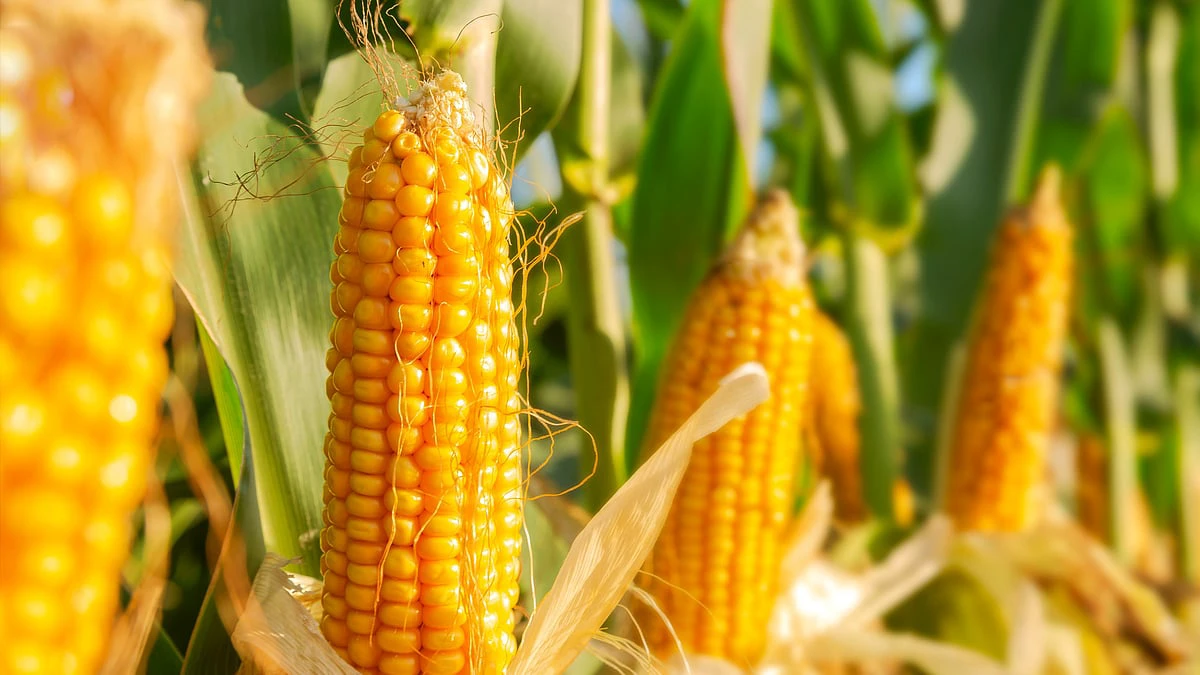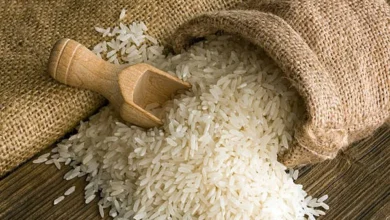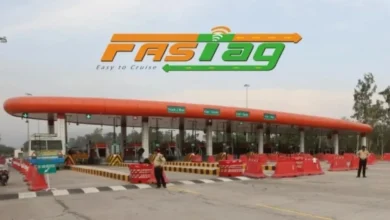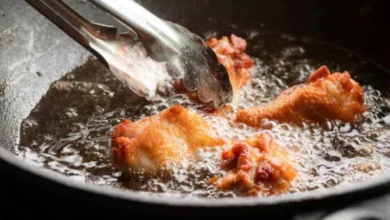US corn in Indian cars won’t be an easy sell

US sanctions on Rosneft and Lukoil may have finally succeeded in weaning India off Russian crude oil, a trade the Trump administration has blamed repeatedly for financing Vladimir Putin’s war in Ukraine.
But Washington, boosted by an emerging tariff truce with China, is far from done twisting New Delhi’s arm.
As a precondition for slashing its 50% import tax on the world’s most-populous nation, the White House may insist on access to its energy market. Some demands will be relatively easy to meet. For instance, India’s state-owned refiners intend to buy more liquefied petroleum gas from the US at the expense of Middle Eastern suppliers, Bloomberg News has reported. In order to secure a trade deal, New Delhi is also prepared to make US LPG purchases duty free. As I have argued previously, Mukesh Ambani, Asia’s richest tycoon, may also purchase more US ethane to make plastics and petrochemicals.
Things will get tricky, however, when US negotiators try to pry open the country’s tightly controlled bioenergy market. India blends 10 billion liters (2.6 billion gallons) of ethanol with gasoline annually – enough to absorb a hefty chunk of the corn grown in the Midwest. (The majority of US bioethanol comes from corn.) As car ownership grows, this demand is expected to double by 2050. Naturally, the Americans are unhappy that such a large opportunity is closed to them. “Despite ambitious targets for blending ethanol with gasoline, India prohibits the importation of ethanol for fuel use,” the US trade representative noted in its 2025 report on foreign trade barriers.
Trump’s trade war has given Washington an upper hand in negotiations. Now that China and the US appear to be getting close to resolving their disputes over rare-earth exports and tit-for-tat port fees, India and Brazil are the two large emerging economies with the biggest tariff burden. Labor-intensive Indian exports, such as clothes, home furnishings, shrimp, gems and jewelry, have been practically shut out of their most important overseas market.
Rupee falls 21 paise to 88.40 against US dollar in early tradeIdeally, New Delhi would want a reciprocal US tariff of 20% or less, and get a deal as quickly as possible. Otherwise, Indian exporters risk falling further behind rivals in Southeast Asia.
Yet Prime Minister Narendra Modi will be wary to make a concession on biofuels. For one thing, motorists are unhappy with the government’s aggressive mandate on blending. Owners of older vehicles, which weren’t designed to handle an 80:20 mix of gasoline and ethanol, are complaining about reduced engine efficiency and rising maintenance costs, even though ministers have assured the public that any effect on performance is likely mild and fixable.
But more than motorists, the real opposition will come from rural areas. Apart from curbing national dependence on imported crude oil and cutting carbon emissions, one of the objectives of the Indian biofuels program is to produce an additional source of income for farmers.
Estimates suggest that they have benefited to the tune of 1.18 trillion rupees ($13.4 billion) from selling everything from sugarcane juice and molasses to corn, rice straw, cotton stalk, and bamboo to ethanol distillers. Now that Indian farmers have tasted a modicum of success as energy producers, they wouldn’t want to surrender their gains to competition from overseas. They may protest any trade deal that ends up taking away their profits from selling surplus sugar production and crop residue.
For more than 11 years, Modi has dominated India’s politics. His economic policies and programs have encountered little resistance – except from farmers. They have forced him to recall legislation, not once, but twice. With state elections due between now and 2027 in key food-grain growing states of northern India, he would not risk a trade deal with Trump that sends them on the warpath again.








